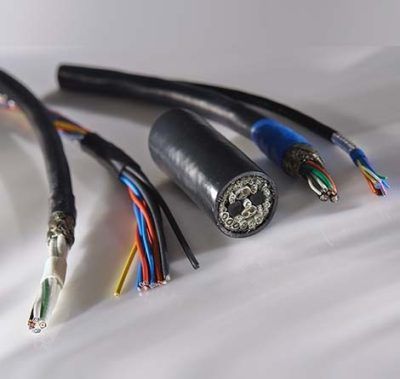Robots, from industrial arms to sophisticated humanoids, rely on intricate internal networks to function. One critical but often overlooked component is the wire harness – essentially the robot’s “nervous system.”
A robot wire harness is a structured assembly of cables, wires, connectors, terminals, and protective sleeves. Its purpose is to organize and transmit electrical power, signals, and data reliably between a robot’s central controller, motors, sensors, actuators, and other subsystems. Instead of loose wires prone to tangling or damage, the harness bundles connections into secure, streamlined pathways.
Key advantages include:
- Reliability: Prevents short circuits and signal interference through insulation and shielding.
- Safety: Reduces fire risks and electrical hazards by containing high-voltage lines.
- Efficiency: Simplifies installation and maintenance, saving time during manufacturing and repairs.
- Durability: Protective sleeves (e.g., braided loom or conduit) guard against heat, abrasion, and chemicals.
- Precision: Custom designs ensure connectors align perfectly with components, avoiding strain or disconnection during movement.
Designing a wire harness involves meticulous planning for:
- Flexibility (to bend with joints),
- Space constraints (fitting compact robot bodies),
- Signal integrity (avoiding data loss),
- Environmental resilience (resisting dust, moisture, or oil).
In essence, while microchips and motors capture attention, the unassuming wire harness ensures seamless communication and power flow. Without it, even the most advanced robot would be immobilized. Just as veins and nerves sustain life, the wire harness breathes functionality into machines, making it a cornerstone of robotic engineering.

